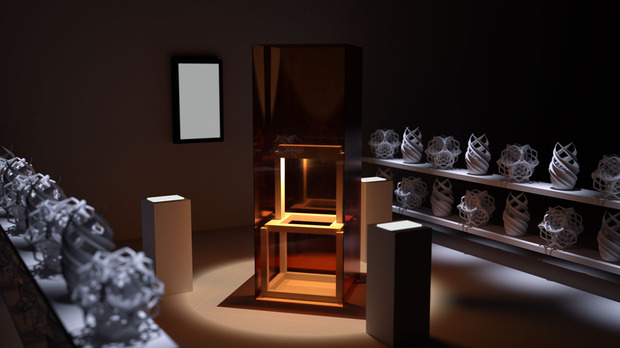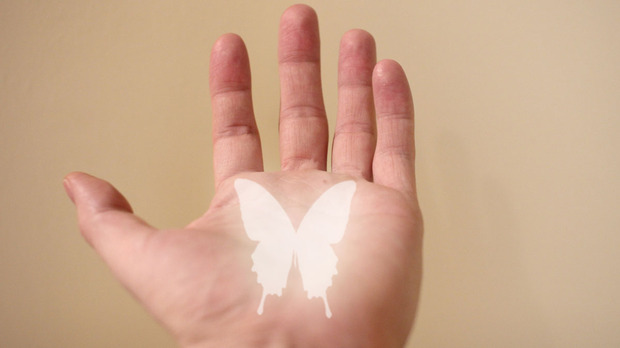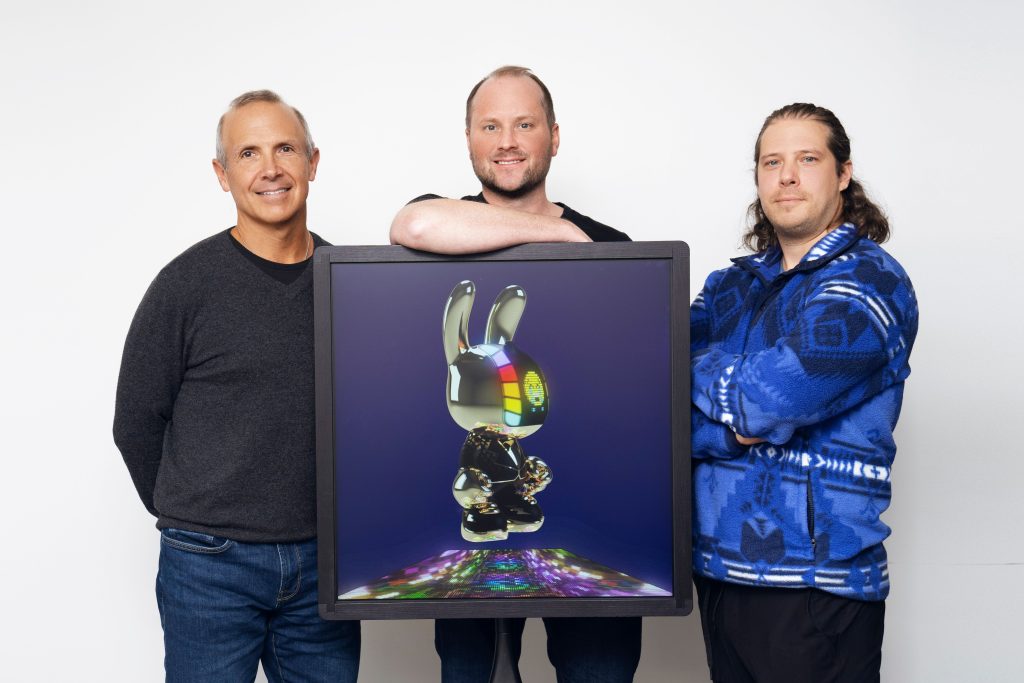Digital Revolution
Google Developers partner with the Barbican for an extensive, interactive exhibit that displays code as art


Technology, in the literal sense, has always been a major part of the human experience. From the first development of tools to make meager cave-dwelling existences less miserable to electricity to the ubiquity of broadband internet, life is bound to these methods of organizing the natural world—sometimes so much so we don’t even realize it. At the same time, new technology has a long history of informing the creative process and toolkit. Michelangelo is the stalwart example of an artist who embraced and experimented with new scientific and technological developments in his artwork. Continuing in this tradition, Google Creative Lab and the Barbican of London are embarking on one of the most extensive interactive exhibitions exploring the creative use of code as art—or as it has become known DevArt—in “Digital Revolution.” Opening this summer with three prominent artists already set to display their work, Google is calling for DevArt submissions to be featured alongside this innovative exhibit.

“Art has always been guided by people’s imagination and the tools available to them,” explains Steve Vranakis, Executive Creative Direct at Google Creative Lab in London. “Today, the artists’ palette has evolved to include technology, and we are seeing developers find new and compelling ways to create art with code,” he says. In many ways, DevArt is breaking down the barriers of art and technology as well as barriers in creativity. Coding is generally perceived as a kind of cold logical way of thinking, purely mathematic or scientific with little room for artistic creativity. Coders, of course, know this to be untrue and the melding of artistic output with coding speaks to a larger movement in interdisciplinary thinking.
“Most people have an impression of code as flat, one-dimensional—something that isn’t pretty to look at in the raw,” Vranakis says. “But what we’re seeing now are really creative applications of code that are as beautiful as more traditional works of art.” One of the hallmark pieces in “Digital Revolution” that Vranakis is referring to is the “Wishing Wall” by Barcelona-based duo Varvara Guljajeva and Mar Canet. The interactive installation sees participants speak their hopes and wishes into the wall, which are then transformed into unique butterflies via code and displayed on an interactive screen.
“These creators are challenging the definition of art, and at times using the most cutting edge technology to do so,” Vranakis tells CH. “However, it’s important to look at this as just one of many movements in the broader arts and creative community, one we’re excited to celebrate at Google.” NYC’s own Zach Lieberman was one of the early adopters of creative coding and his playful uses of the technology continue to inspire unlikely uses of technology in the arts. His tentatively titled installation “Play the World” invites visitors to play a keyboard that pulls tones for each key from live streaming radio sourced from stations around the globe.
“‘Digital Revolution’ is just as much about the platform of DevArt as it is about the installations themselves; the site allows people to express and document the process, and the bigger opportunity here is to galvanize developers globally,” Vranakis explains. The exhibit opens this summer at the Barbican in London. Submissions for the exhibit are open to coders around the world until 28 March 2014. For more information and to see the already impressive body of submitted work visit Google’s dedicated home for DevArt.
Images courtesy of Google Creative Lab












